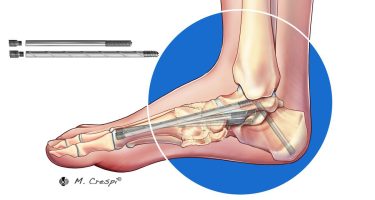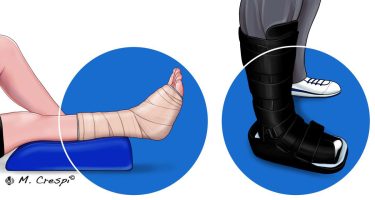TrueLok™ Fixator
THIS INFORMATION IS FOR HEALTHCARE PROFESSIONALS ONLY
THIS INFORMATION IS FOR HEALTHCARE PROFESSIONALS ONLY
Short tibia lengthened with TrueLok Fixator.
| Q.ty | Catalogue N. | Description |
|---|---|---|
| 3 | 56-10920
|
TL PLUS FULL RING, 150MM |
| 4 | 55-10530
|
85MM THREADED ROD |
| 8 | 54-1152
|
TL,BOLT, WIRE FIXATION, UNIVERSAL |
| 2 | 54-11530
|
TL+ UNIVERSAL HALF PIN FIXATION BOLT 4MM - 6MM |
| 2 | 99-911540
|
XCALIBER BONE SCREW STERILE L150/40MM THREAD D6.0-5.6MM |
| 4 | 54-1215
|
TL,WIRE, W/STOPPER, 1.8MM X 400MM |
| 24 | 50-1008
|
TL, NUT, STAINLESS STEEL, 10MM |
| 4 | 50-10160
|
TL+ TELESCOPIC LINEAR DISTRACTOR 200MM |


(a) Short tibia; LRS ADVanced (53000 series) in place; metaphyseal osteotomy performed. (b) Monofoc...
Read More(a) Very short tibia. LRS ADVanced (53000 series) in place; proximal and distal osteotomies. (b) Si...
Read More(a) Very short tibia. LRS ADVanced (53000 series) in place; proximal and distal osteotomies. (b) Si...
Read More(a) Short tibia. Intramedullary nail in situ. Locking screws proximally, only. Midshaft osteotomy. L...
Read MoreFitbone™ Intramedullary Lengthening System
Lengthening and alignment correction of the Tibia...
Read MoreFoot and Ankle Charcot Reconstruction with External Fixation
Surgical reconstruction of foot and ankle Charcot with external fixation is especially useful in the presence of poor bone quality,Read MoreExpert Tips on How to Medically Diagnose Charcot Arthropathy
The diagnosis of Charcot neuroarthropathy of the foot and ankle can be challenging due to a lack of information inRead MoreThis website is reserved only for Healthcare Professionals and their staff. Therefore, the access to these information is denied to non professional audience.
